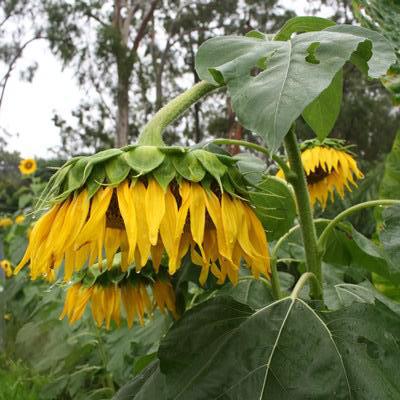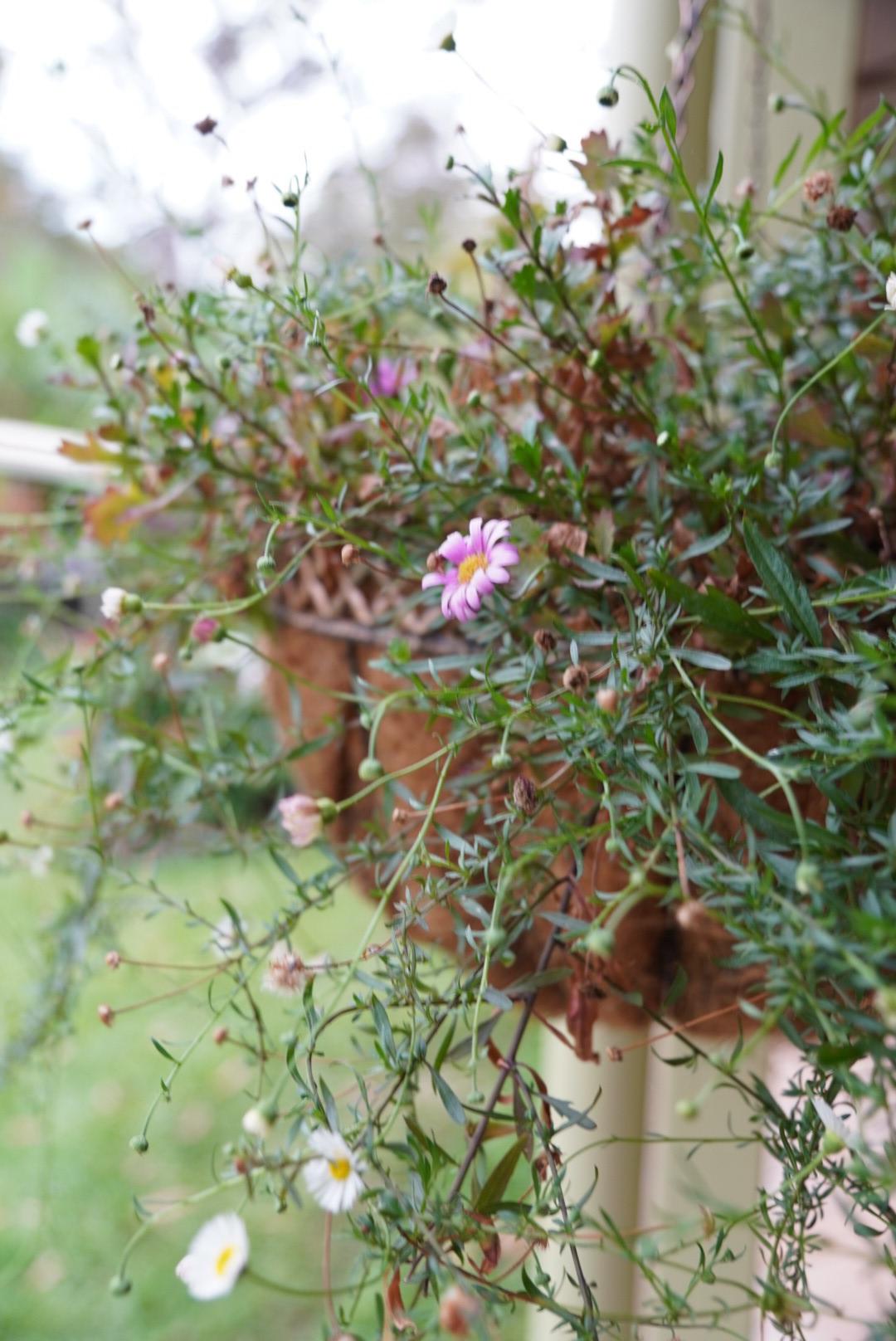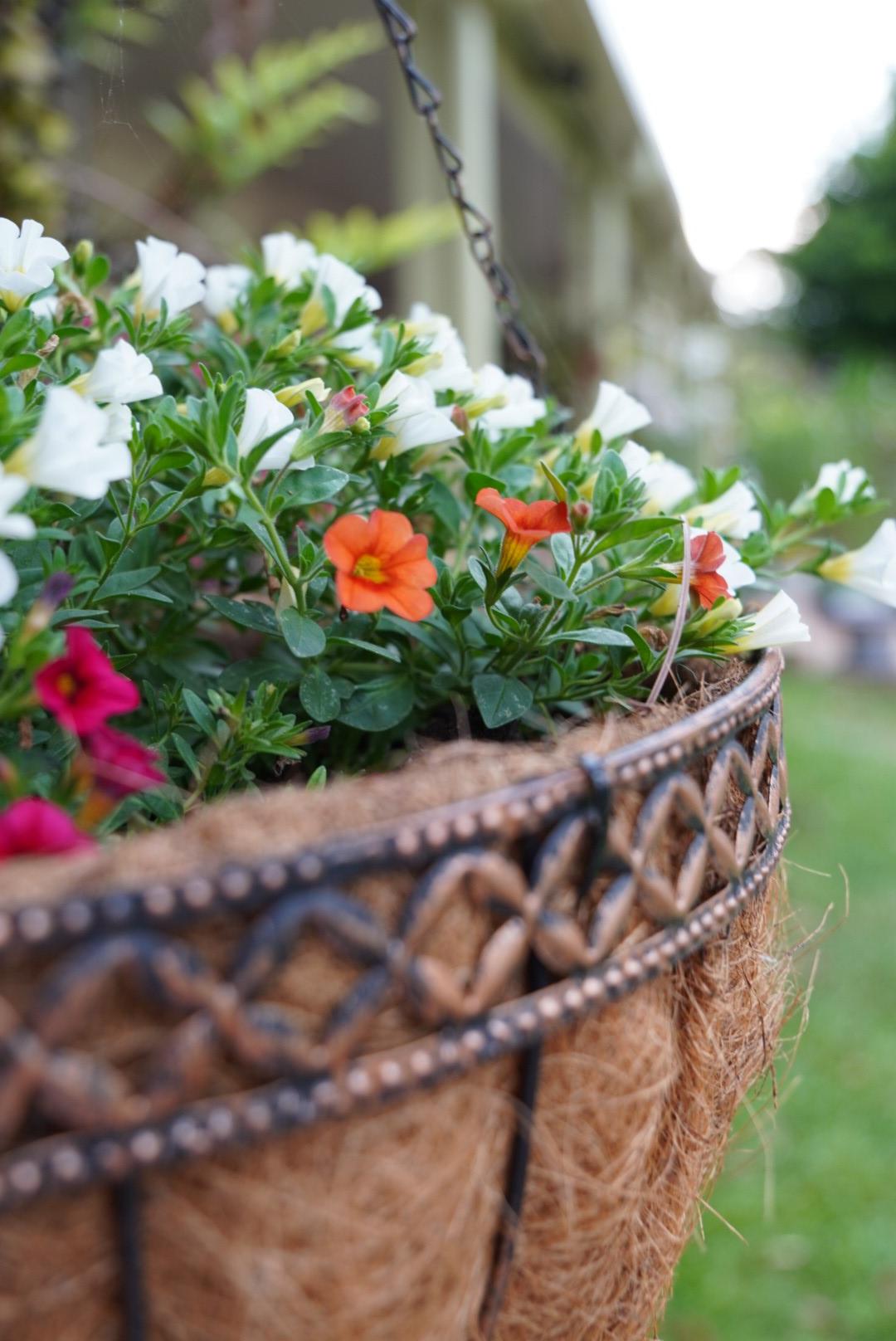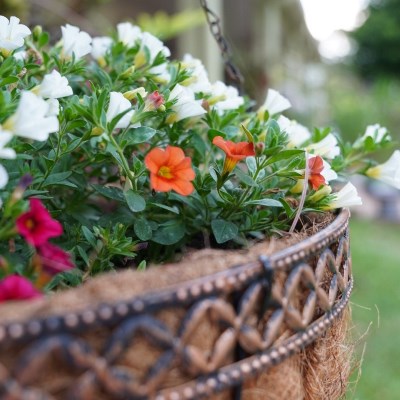Summer Care of Pots, Hanging Baskets and Raised Garden Beds
Plants in pots, baskets and raised beds really can suffer terribly from hot summer days.
Here are a few helpful tips to plan for in preparation for a sensational summer show with your containersised plants. And that includes your raised vegetable beds too, because they are effectively containerised plantings that need extra Tender Loving Care in hot weather.
Plants and heat stress
When the winds blow hot and the sun is searing with temps that cause even the hardiest of humans to seek shelter, keep in mind that your potted plants, hanging baskets and raised bed plantings will be feeling the stress too.
A plant growing in a limited space such as a pot or basket doesn’t have the benefit of a cooling mass of soil around it. In addition to that, the container can get very hot when exposed to the sun, absorbing direct and reflected heat which in turn heats up the potting mix to temperatures way above the outdoor temperature as the pots continues to absorb more and more heat and to store it in the soil.

The real impacts of a hot spell.
Your plants may experience heat stress to the roots and plant foliage, fruits and flowers.
The plants respond to increased heat especially in the potting mix or soil, by reducing photosynthesis and the rate of plant growth; they experience root and shoot death; develop scorched leaves; grow fewer flowers; have premature leaf loss, and in vegies, fruits and herbs, a smaller yield. At worst, the plant may even die from the cumulative effects of heat stress.
I’ve had first-hand experience of this when trying to grow radishes in summer… the roots just didn’t fill out in the hot soil. I’ve also experienced many disappointing deaths of cool-loving plants such as Fuchsias at the peak of our summer heat.
In fact, it’s shown that it may not even take a whole summer for precious plants to be affected. Research indicates that even 1 hour at temperatures above 29°C is enough to cause severe growth impacts.

11 Tips for Cool Plants
So what to should we do? Here’s a few helpful ideas offered by the research scientists.
- Keep the soil moisture at premium levels in the pot. It’s slightly better to water pre-dawn than in the heat of the day, as the soil temperature is lower. (I’m not a scientist and I’m not up predawn, but I could set the timer!)
- Pot your plants up in white containers which are better at reflecting solar radiation thus keeping the soil inside a little cooler. Other temperature effective colours for pots included yellow, silver, and green. For raised beds, choose pale colours rather than the darker finish.
- Put your potted plant in it’s pot inside an empty pot. In other words, use another pot as a sleeve. This effectively puts a barrier of air between the plant pot and the outer pot, reducing heat absorption.
- Cluster your pots together to reduce the amount of sun directly hitting the pot.
- Grow in more shade in summer. Protection for plants is like sun protection for us.
- Mulch the surface of pots, hanging baskets and raised garden beds. I’ve recently done a temperature comparison on mulched and non-mulched garden beds. The mulch reduced soil temperature by at least 5 C. It also reduces soil moisture loss and erosion.
- Encourage beneficial bacteria in soil and potting mixes. These beneficial microbes such as bacteria and fungi increase water uptake, increase nutrient uptake, increase plant resilience increase photosynthesis and increase plant tolerance to heat stress in many ways with in the plant cells. Add them to the soil. examples are worm liquid, microbial brews such as VAM, and Biodynamic soil preparations. (I can order some in for you). Also avoid killing your beneficial fungi and bacteria by avoiding fungicides , herbicides and other ‘cides.
- Spray the plant foliage with biostimulants. These increase your soil and leaf microbe life. The most readily available for the home gardener is Seaweed extract. I use this together with Fish and Fulvic acid to feed my hanging baskets weekly. However, I will be increasing the application to twice weekly as the research indicates that potential heat stress increases the need for foliar feeds.
- One paper suggested that adding foliar sprays of calcium helps heat stress by protecting the chlorophyll in the leaf from solar radiation. I’m going to try foliar sprays of liquid lime (because I have lots of it in stock,) to my heat susceptible plants.
- With your hanging baskets with coconut fibre liners… well they dry out too quickly. I line my baskets with thick plastic such as bubble wrap. This prevents the excessive drying through the coir basket liner.
- And finally, because some of my raised garden beds are dark in colour. I’m going to tie some pale coloured shade cloth around the outside of them to reduce the sun access to the tin. I’m hoping that will keep the soil and plant roots cooler.

References for this article
refs https://www.researchgate.net/publication/281563481_Effect_of_heat_stress_on_container-grown_plants Responses and Management of Heat Stress in Plants
https://www.frontiersin.org/articles/10.3389/fpls.2022.794782/full What Did We Learn From Current Progress in Heat Stress Tolerance in Plants? Can Microbes Be a Solution?
https://core.ac.uk/download/pdf/10653733.pdf Effect of Container Color on Substrate Temperatures and Growth of Red Maple and Redbud



